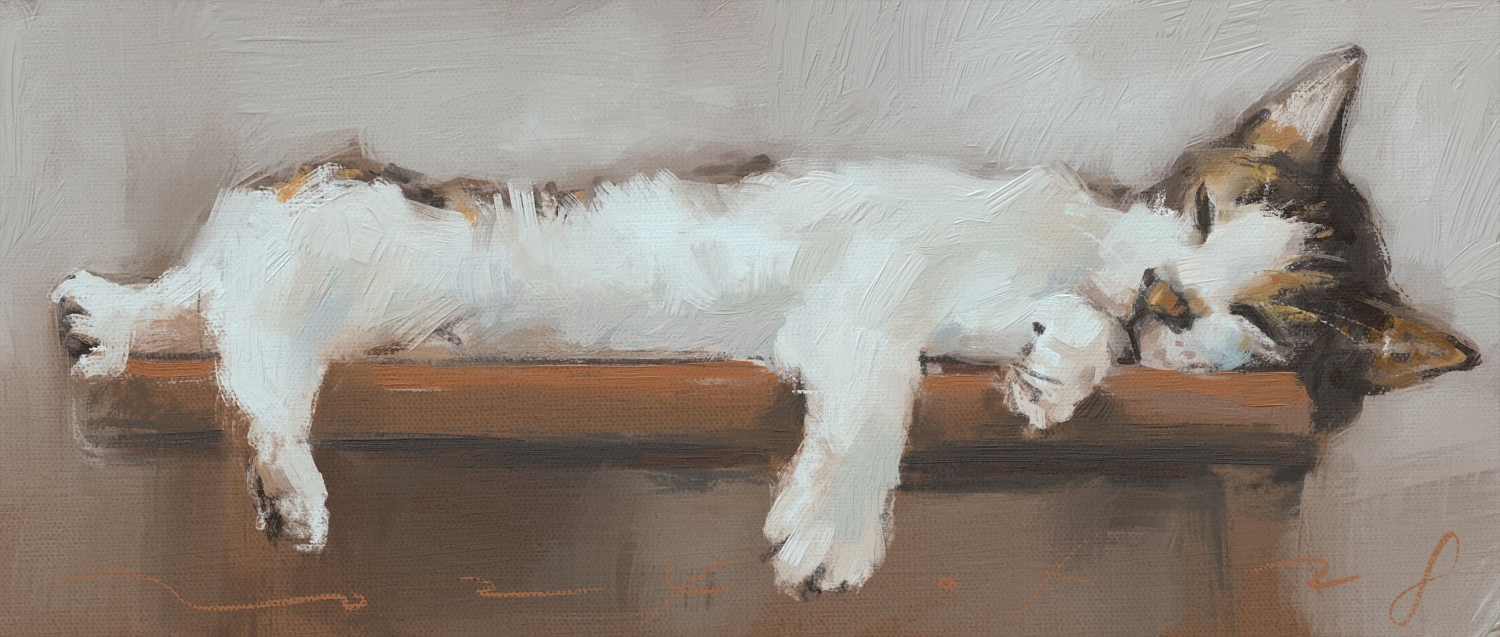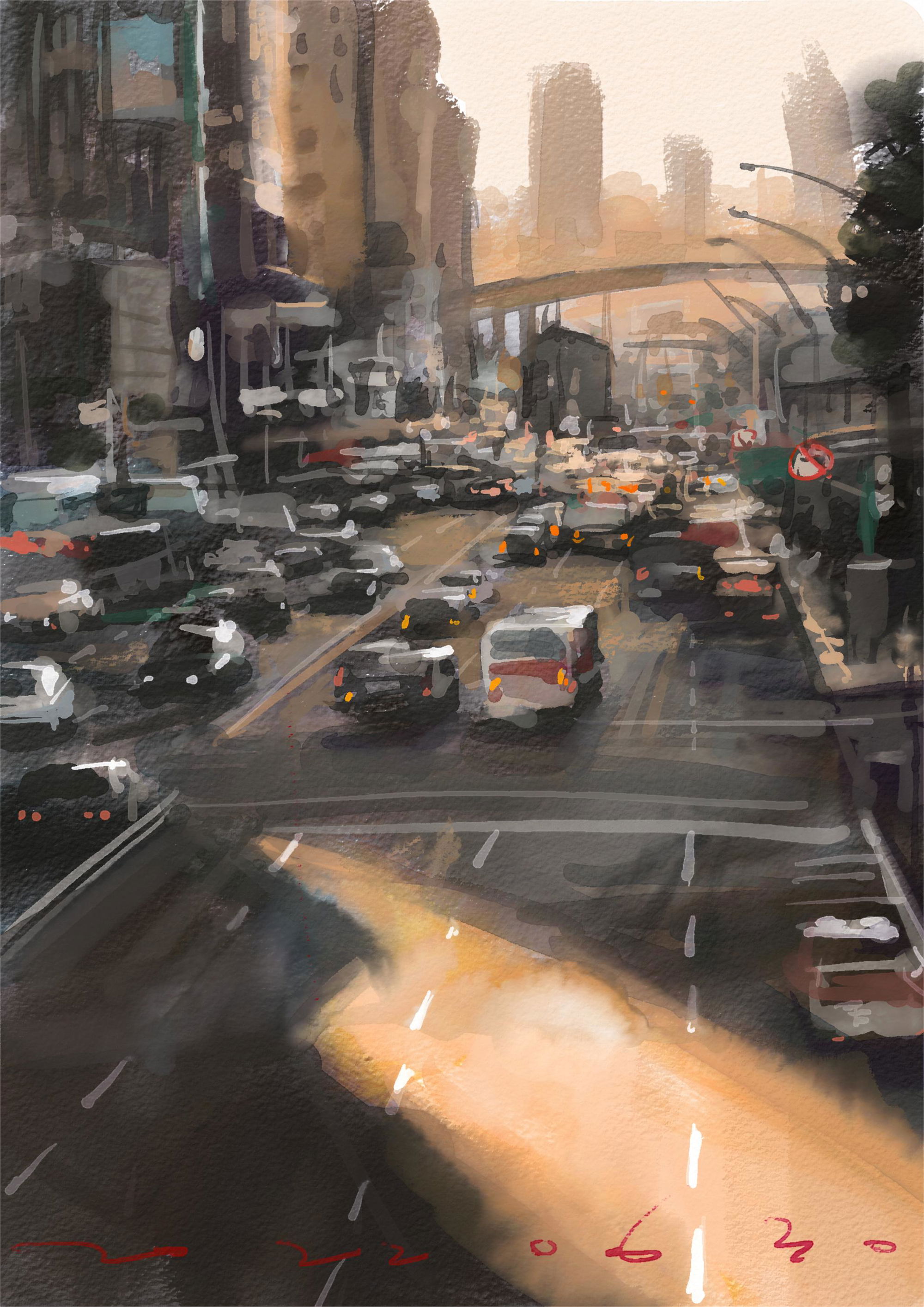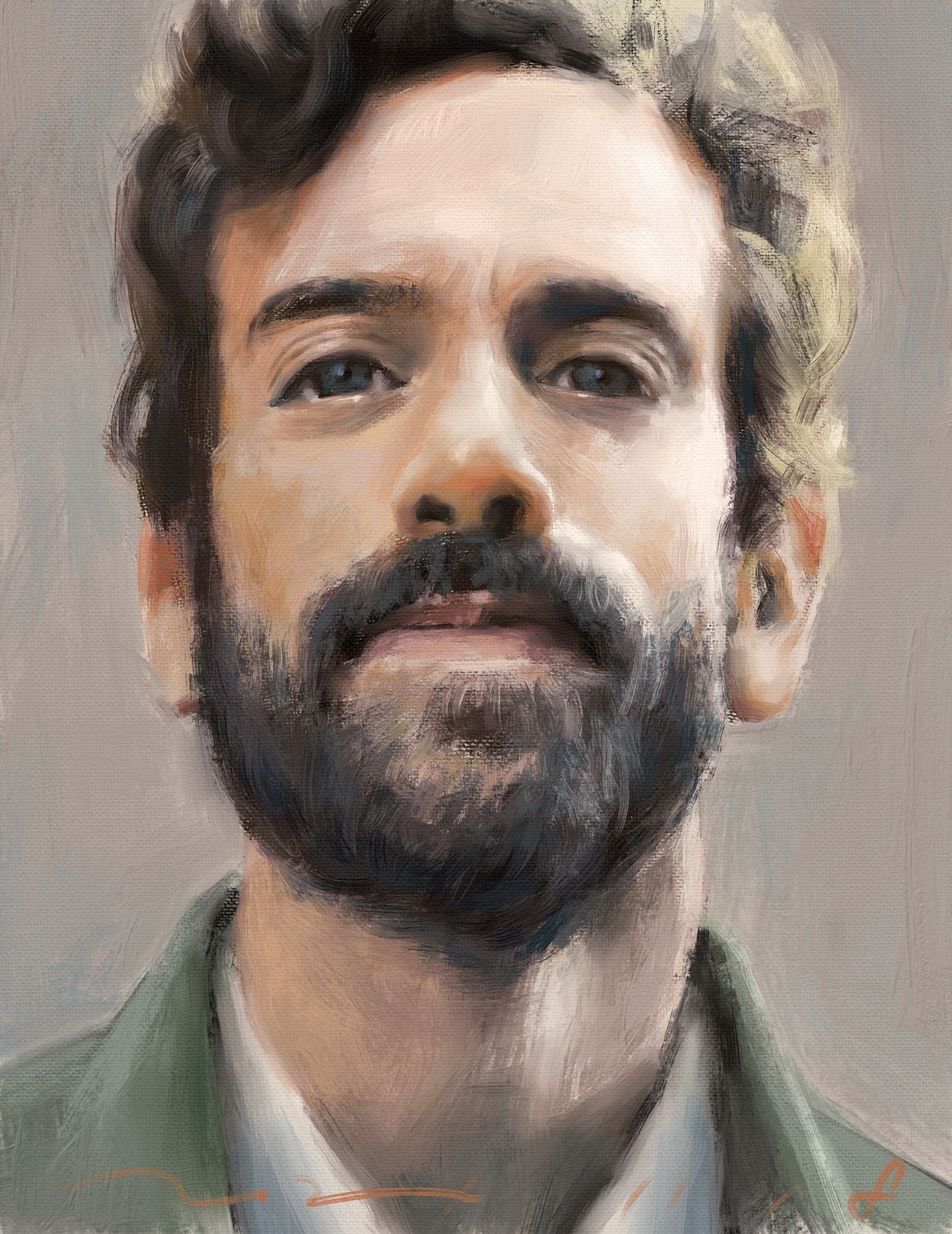Art has the power to shape lives, and for Han Sang-Sun, it has been a lifelong journey of curiosity, experimentation, and determination. From a childhood spent sketching in a cozy loft to boldly shifting from engineering to fine arts, Han’s story is one of passion and perseverance. In this interview, we delve into his artistic evolution, the challenges he faced, and the inspirations that continue to drive his work.
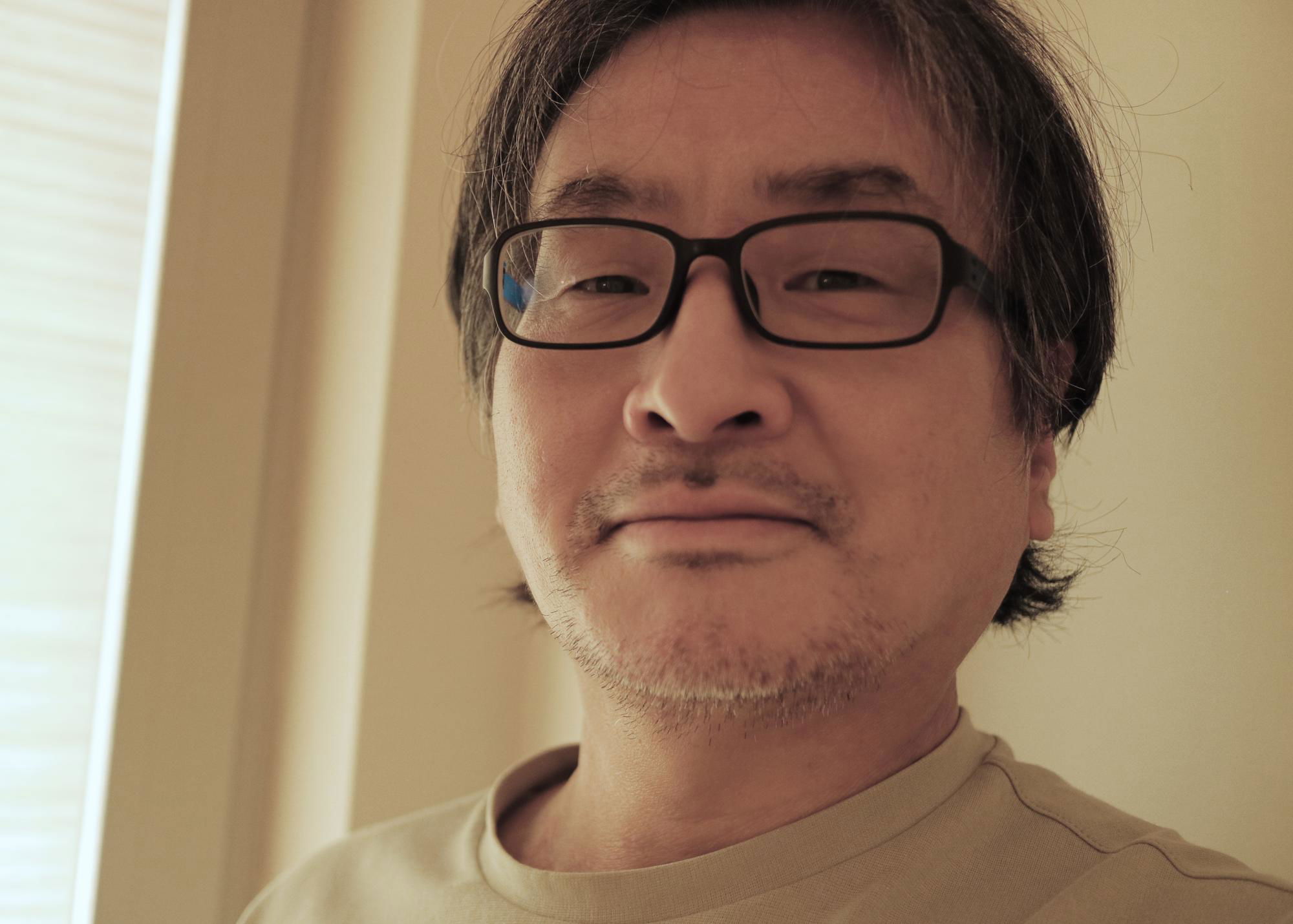 Born in Chuncheon, South Korea in 1967, Han’s passion for drawing began in childhood, driven by an early fascination with art materials. After majoring in fine painting in college, Han spent five years as an artist before transitioning to a 30-year career in VFX for film and advertising. Today, he has returned to the roots, exploring a variety of mediums, including digital painting with Rebelle.
Born in Chuncheon, South Korea in 1967, Han’s passion for drawing began in childhood, driven by an early fascination with art materials. After majoring in fine painting in college, Han spent five years as an artist before transitioning to a 30-year career in VFX for film and advertising. Today, he has returned to the roots, exploring a variety of mediums, including digital painting with Rebelle.
Can you share more about your early fascination with art materials and what led to your decision to pursue fine painting education?
As a child, I lived in a house with a triangular roof and a small loft just above the main floor. Though primarily a storage space, it was my personal hideout—perfect for lying on my stomach and drawing. A tiny window at one end gave me a glimpse into the world outside, and it was through this window that I first saw the older kids next door using watercolor paints. At the time, I only had crayons, so the idea of painting with water and a brush felt revolutionary. I even tried mixing crushed crayons with water—an experiment that, unsurprisingly, failed.
That curiosity-driven experimentation defined me then and continues to shape me now. It led me to explore fine arts in my twenties and later computer graphics in my career. I always had to test new tools myself, deciding firsthand whether they suited me.
Yet, my journey into art wasn’t straightforward. I initially studied materials engineering, bowing to family pressure and concerns over financial instability. After half a year, I realized it wasn’t for me. My passion for art only grew stronger, and despite my family’s objections, I took a bold step—leaving home to fully commit to my dream.
Looking back, that decision shaped who I am today. My childhood curiosity and drive to explore remain at the heart of my creative journey.
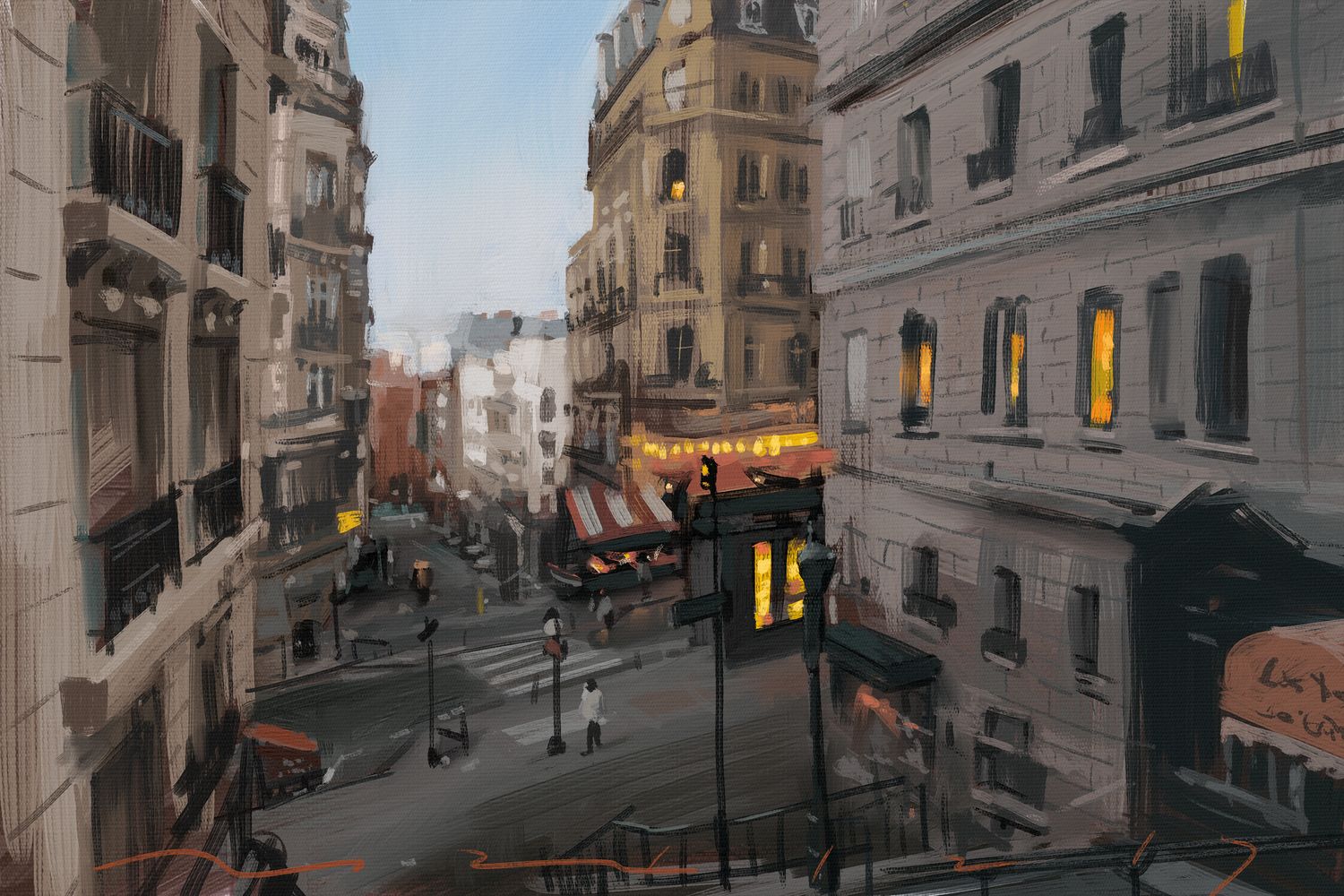 "VFX work cannot be completed based solely on individual ideas; it requires extensive feedback and revisions to reach the final outcome. This naturally trained me to view my work objectively. Such experience has helped me develop an impartial perspective when evaluating my own artwork."
"VFX work cannot be completed based solely on individual ideas; it requires extensive feedback and revisions to reach the final outcome. This naturally trained me to view my work objectively. Such experience has helped me develop an impartial perspective when evaluating my own artwork."
We are sorry to hear that you did not have your family´s support in art studies. It seems like you found a good career path after all. What motivated your shift from traditional art to a career in visual effects for film and advertising, and how did this experience impact your artistic perspective? What are some of your favorite projects you worked on over the years?
While working with traditional media, I often planned small-scale test works before starting the main project. One day, I happened to discover that this kind of work could also be done on a computer. For example, when designing a layout and selecting colors, I frequently tested different approaches, such as choosing a background color similar to the subject or selecting a complementary color. Through this process, I realized that computer graphic programs could be a great help in my work.
Around 1994, I used a program called Fractal Design Painter to draw a portrait with a mouse. The result was so impressive that one of my acquaintances still remembers and talks about it. At that time, the internet was just beginning to emerge, and in Korea, PC communication through telephone lines was popular. I uploaded some of my works to an online community, and one of them caught the attention of a company, which led to a scouting offer. This opportunity marked the beginning of my career in the industry. Over the years, I worked at various companies and spent about 30 years in the VFX industry, contributing to films, advertisements, and dramas. VFX work cannot be completed based solely on individual ideas; it requires extensive feedback and revisions to reach the final outcome. This naturally trained me to view my work objectively. Such experience has helped me develop an impartial perspective when evaluating my own artwork.
Over the years, I worked at various companies and spent about 30 years in the VFX industry, contributing to films, advertisements, and dramas. VFX work cannot be completed based solely on individual ideas; it requires extensive feedback and revisions to reach the final outcome. This naturally trained me to view my work objectively. Such experience has helped me develop an impartial perspective when evaluating my own artwork.
Some of the most memorable projects from my career include Natural City (2003), one of the early Korean sci-fi films I worked on; Welcome to Dongmakgol (2005), which depicts a remote mountain village unaware of the Korean War, where soldiers from both the North and South unexpectedly encounter each other; and 12.12: The Day (2023), which portrays a military coup in Korean history. In Natural City and Welcome to Dongmakgol, I was involved in both 2D and 3D VFX work, while in 12.12: The Day, I was responsible for the 3D lighting part.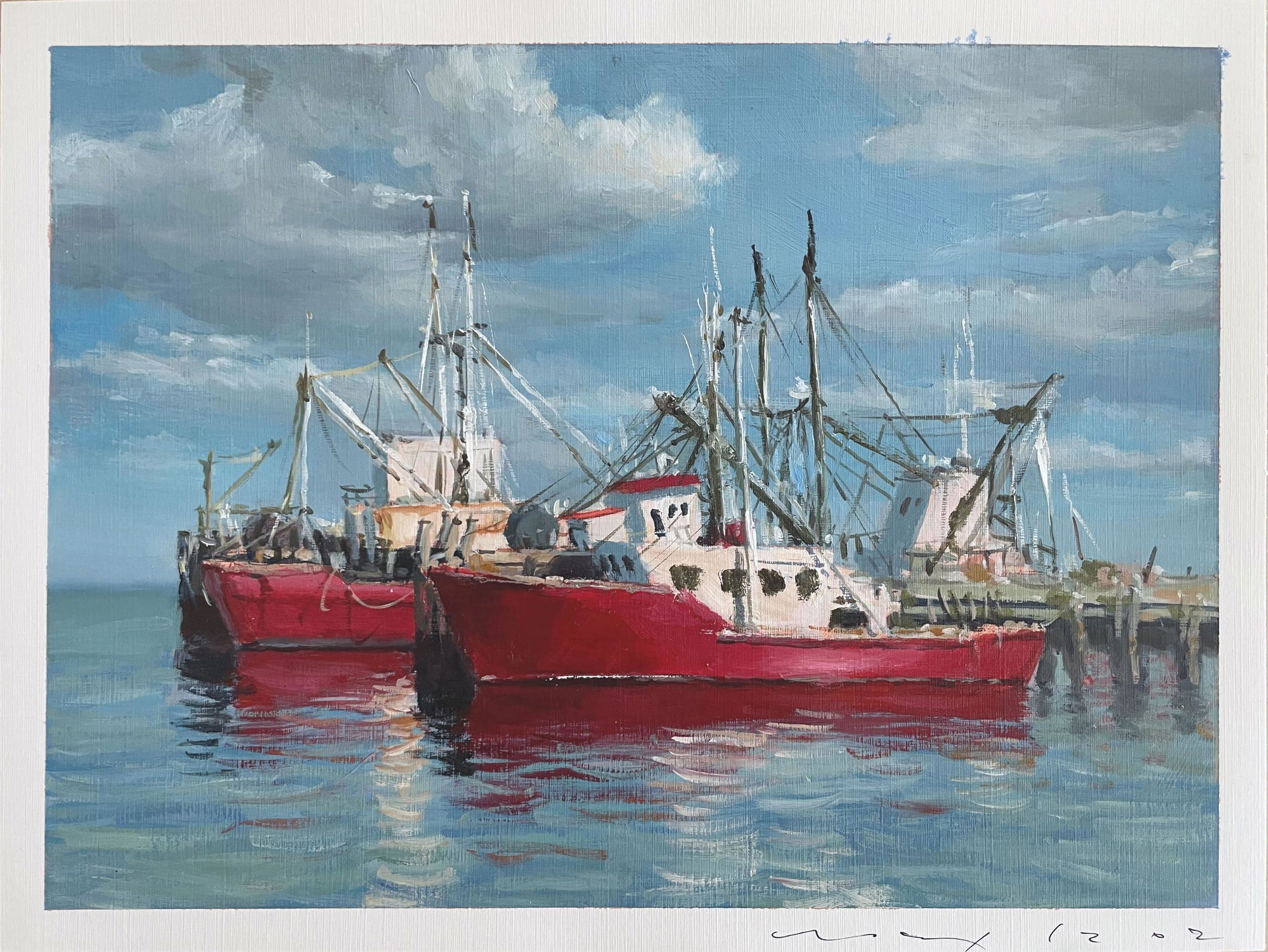
"When working digitally, my main focus is to replicate the feel of traditional painting media as much as possible. When using Rebelle, I try to avoid separating elements into different layers, instead working on a single layer to capture all expressions—just as in traditional painting."
How has your style and technique evolved over the years, and what factors have influenced these changes?
I think I can divide the way I approach painting into two distinct periods. After graduating from university, when I dreamed of becoming an artist, my paintings were quite sharp and large in scale, unlike now. I believe this was the result of the pressure I felt that I had to succeed as an artist.
Much later, while working in the VFX industry, I started drawing portraits in a small sketchbook using pencils or pens whenever I had time. Since I could complete them within a few hours, most of my work was small in size. Over time, as I spent more time drawing than working in VFX, the materials I used began to change. I picked up soft pastels, oil pastels, watercolor, gouache, and acrylics again, and now I mainly work with oil paints. Recently, I discovered water-mixable oil paints, which can be used indoors without issue, and they have become my preferred medium.
Back in my 20s, when I was aspiring to be an artist, my studio was filled with unfinished canvases, taking up more than half the space, and leaving me with very little room to move. This experience became somewhat of a trauma, leading me to use canvas pads instead of traditional stretched canvases. Now, as I balance both VFX work and painting in the same space, I tend to create smaller-sized artworks.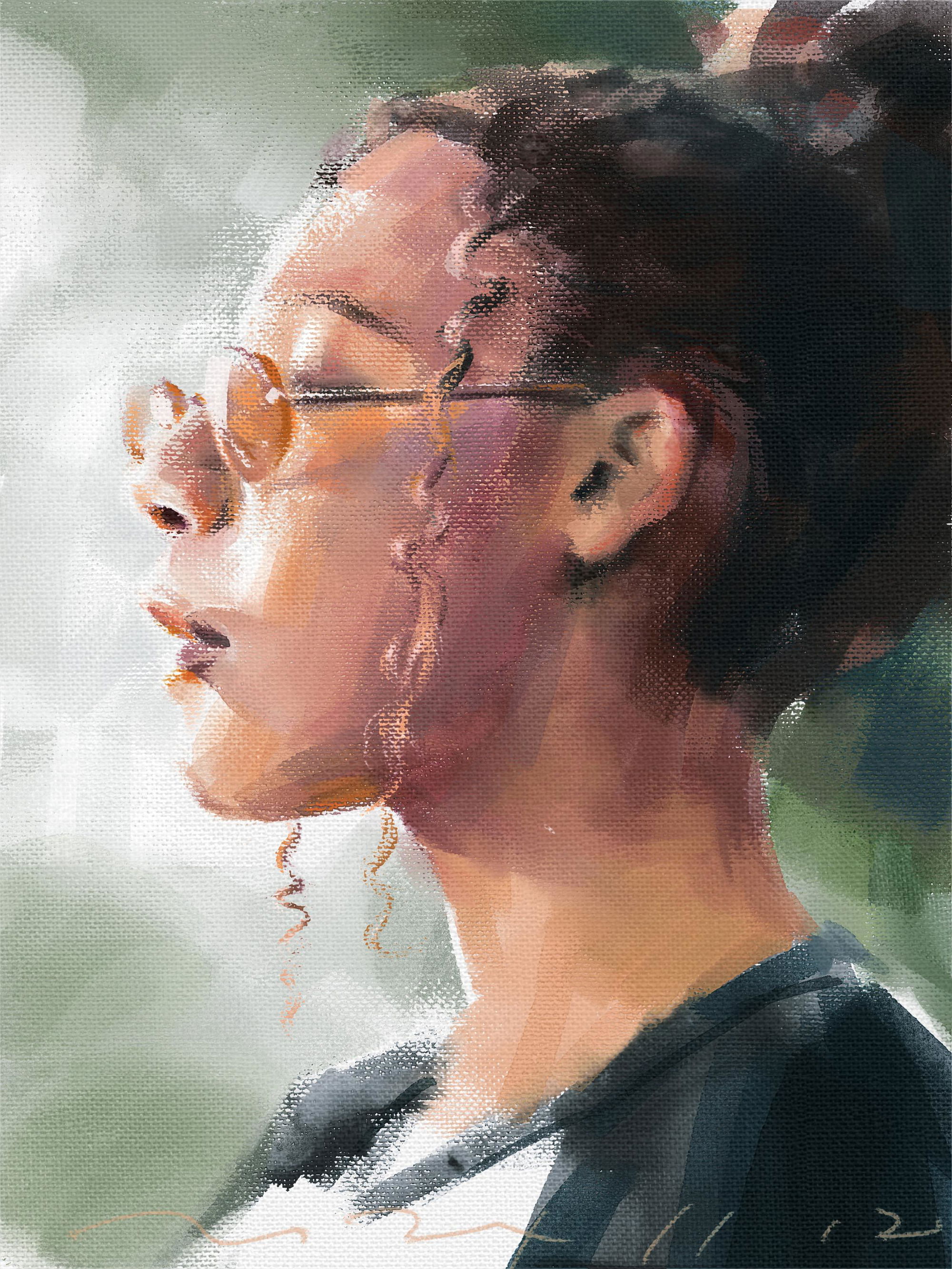
What drew you to digital painting, specifically using Rebelle? How does it compare to traditional mediums in your creative process? Did you have to change something in the process?
I started digital painting during one of the most difficult times in my life. My wife had to be hospitalized for a month due to surgery, and I took a leave of absence from work to stay with her and take care of her. With not much to do at the hospital, I resumed drawing, which I had stopped after starting my career. It was during this period that I also returned to digital painting.
I began using Rebelle in earnest in 2022. Before that, I worked with Photoshop, Krita, and Procreate on the iPad, switching between them for digital painting. Then, by chance, I discovered Rebelle and tried its demo version. I was immediately captivated by its watercolor bleeding effects, so I purchased it right-away and have been using it consistently ever since.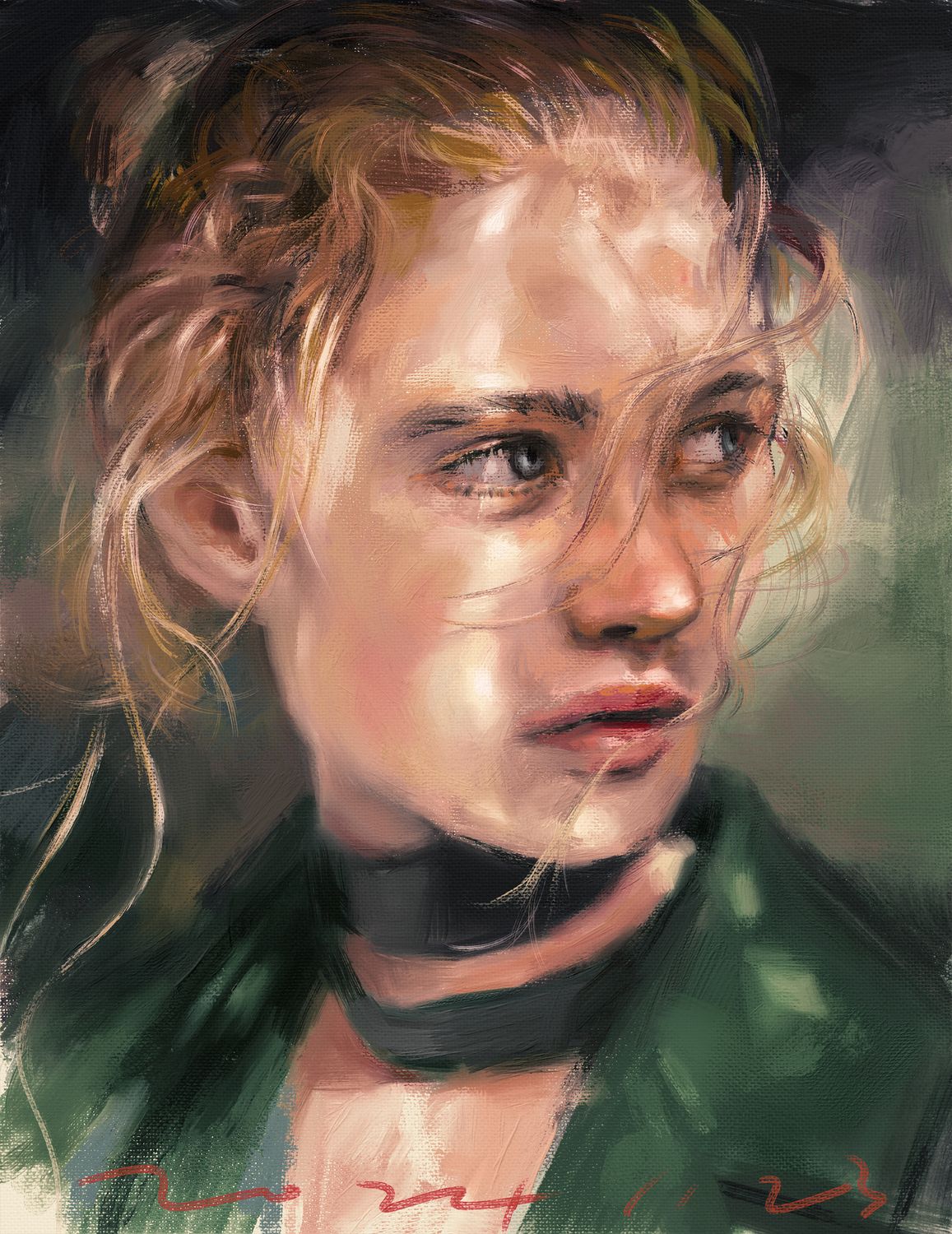
When working digitally, my main focus is to replicate the feel of traditional painting media as much as possible. Just as one of my goals in VFX work was to minimize the artificial CG look and create natural scenes, I strive to reproduce the essence of traditional media in digital painting. When using Rebelle, I try to avoid separating elements into different layers, instead working on a single layer to capture all expressions—just as in traditional painting, where everything is applied to a single canvas. Additionally, instead of relying on the Undo button, I prefer to use an eraser or paint over mistakes with another color. I believe that even the process of erasing leaves a human touch in the artwork.
Among all the digital tools I’ve used, Rebelle comes the closest to traditional painting in terms of structure and workflow. Even as the program evolves with updates and new features, I hope it retains its intuitive nature. At the same time, I would love to see some enjoyable elements of traditional media incorporated. For example, interactive improvements to a mixing palette.
I also frequently use the MultiColored brush available for Oils & Acrylics. I wish there were a way to visually see the colors currently applied to the brush before making a stroke on the canvas.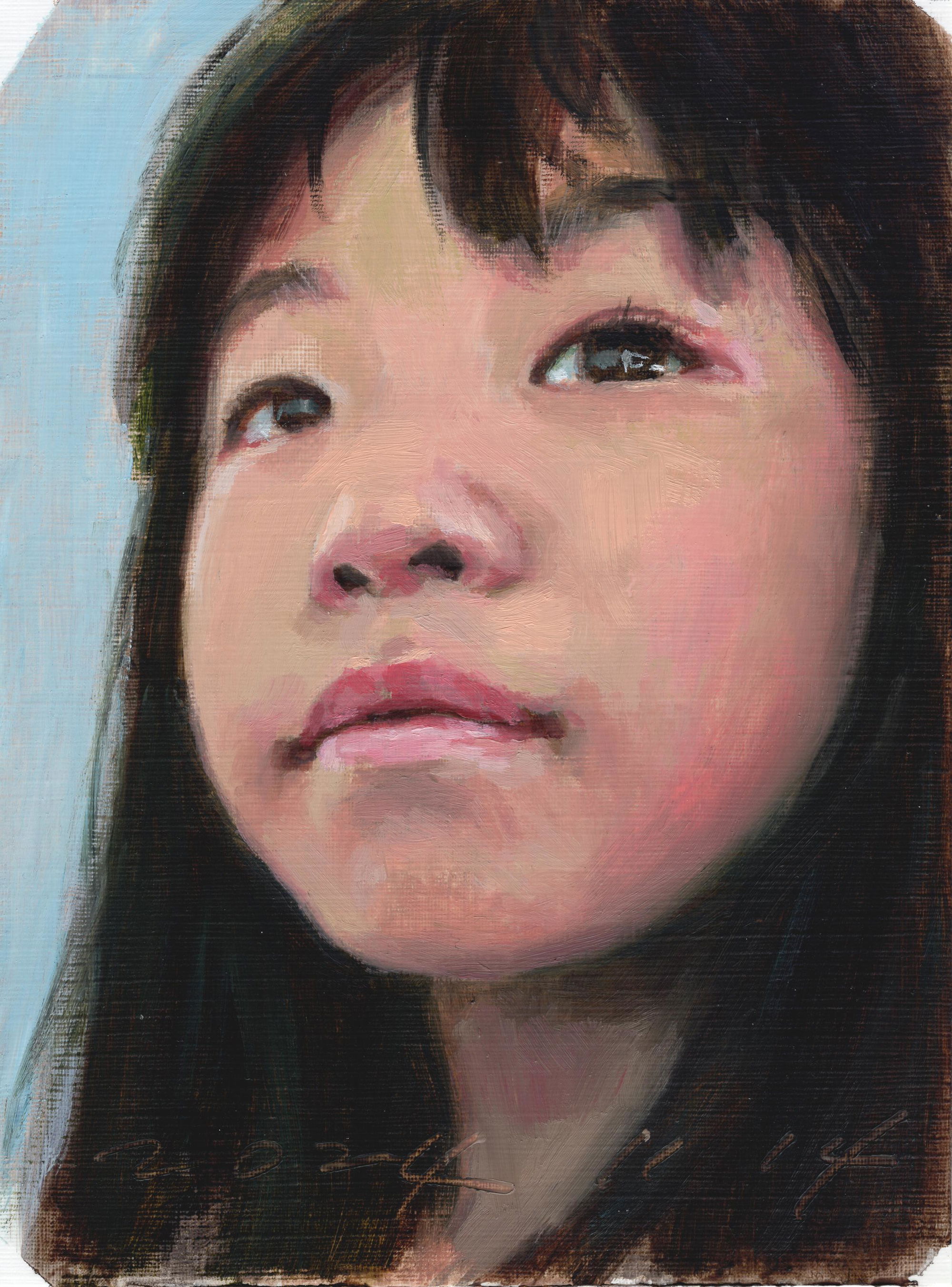 Can you walk us through your typical creative process, from concept to completion?
Can you walk us through your typical creative process, from concept to completion?
Unlike in my twenties, when I approached painting intending to become a successful artist, I now paint as an extension of my hobby. Painting has become a tool for me to record my day, much like writing a diary. I simply enjoy the act of painting itself, just as I did as a child, drawing on paper without any ulterior motives. That’s why I finish each piece by writing the date of the day I completed it.
When I begin a painting, I enjoy effects that spread unpredictably, much like watercolor. Then, I gradually refine the piece, trying to preserve the beautiful accidental effects while adding detail only in certain areas. However, as I continue working, I often end up touching every part of the painting, and my original intentions fade away. I hope that one day, I’ll be able to achieve the results I envision, but I’m not there yet. Still, when the final outcome turns out differently from what I had planned, I often find it satisfying in its own way, and that’s when I decide to stop.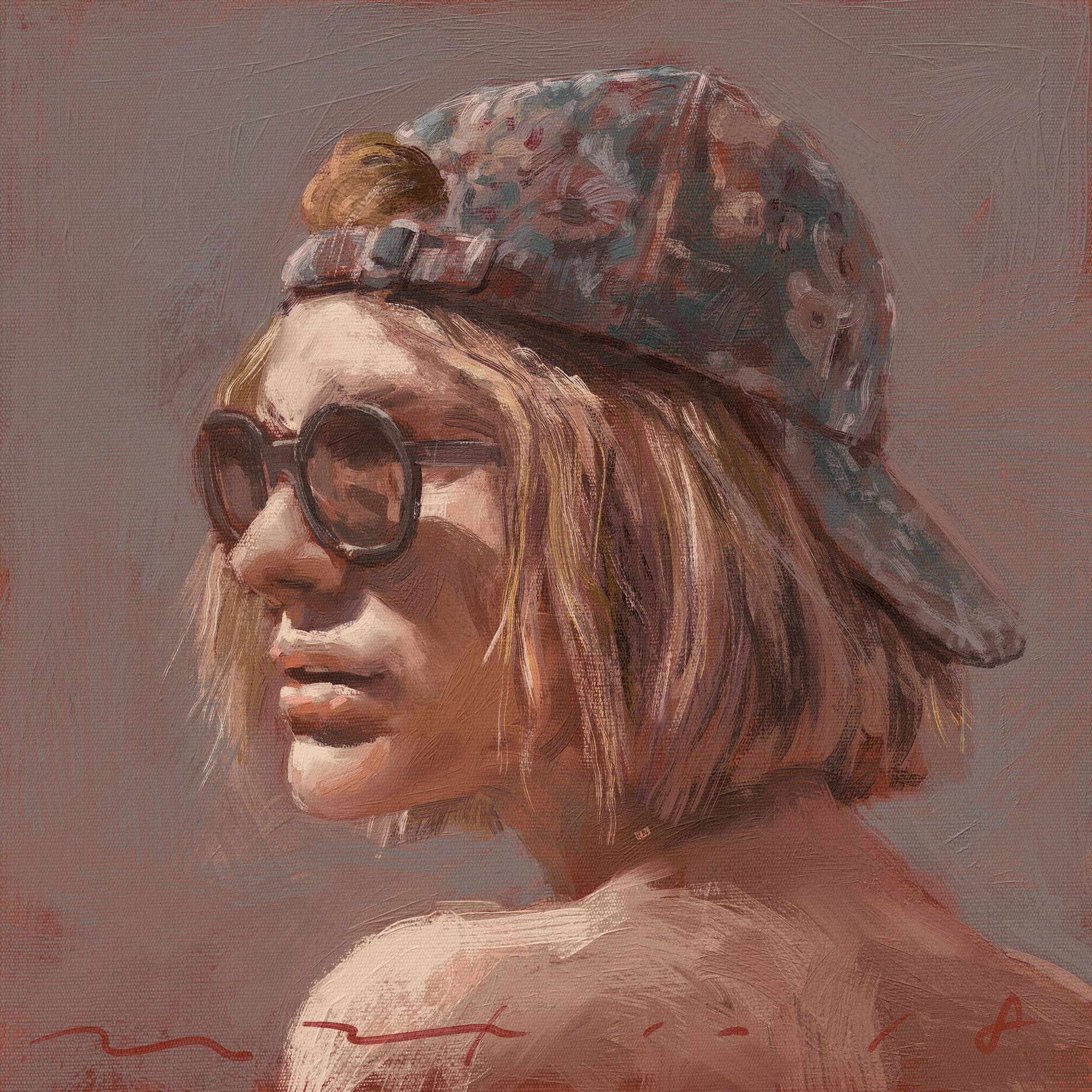
How do you choose the scenes or moments from everyday life to capture in your paintings?
I don't often capture my daily life in drawings. Most of my muses in everyday life are my 16-year-old daughter, Yeoreum, and my white pet dog, Ttolgun. I would like to add my wife as a model, but I have never actually portrayed her in a drawing. She firmly refuses to be a model and is rarely satisfied with the results, so I have given up. Instead, I mainly focus on Ttolgun, who never complains, and my daughter—both in her present and childhood moments—as the subjects of my artwork.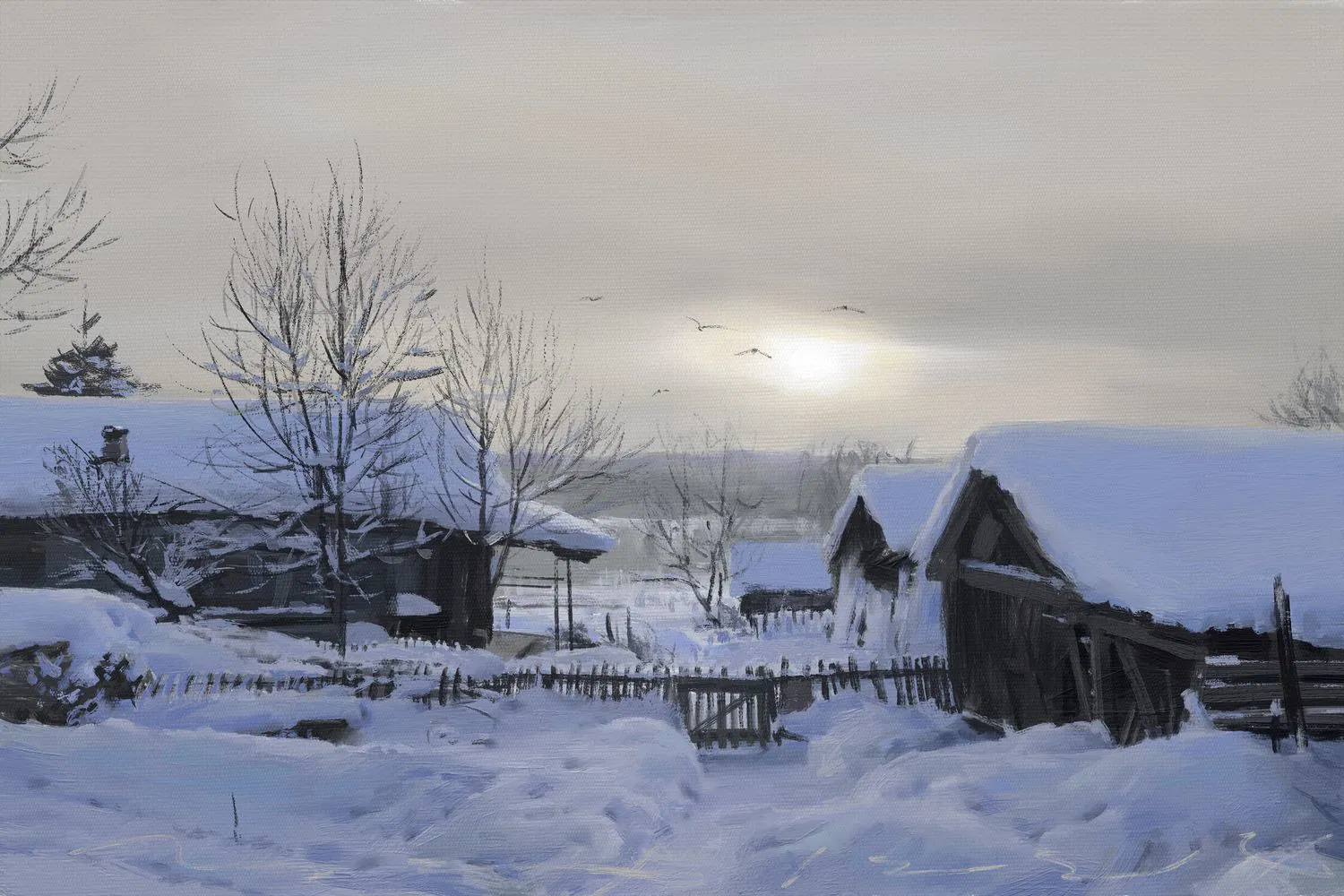
Do you rely more on memory, photographs, or live observation when creating your art?
In the past, I used to observe real objects directly while working, but now I mostly rely on photographs. There are limitations to using my everyday surroundings as subjects, so I often refer to materials I have collected from magazines or the internet. As a result, I spend a lot of time searching for and gathering reference materials.
I remember drawing many pictures freely using crayons as a child, bringing imaginary images to life without constraints. However, that approach doesn’t come as easily to me now. I wonder if aging has placed limits on my imagination, as I find it difficult to complete a drawing based solely on the images in my mind. That’s why one of my artistic goals is to eventually be able to create drawings purely from my imagination.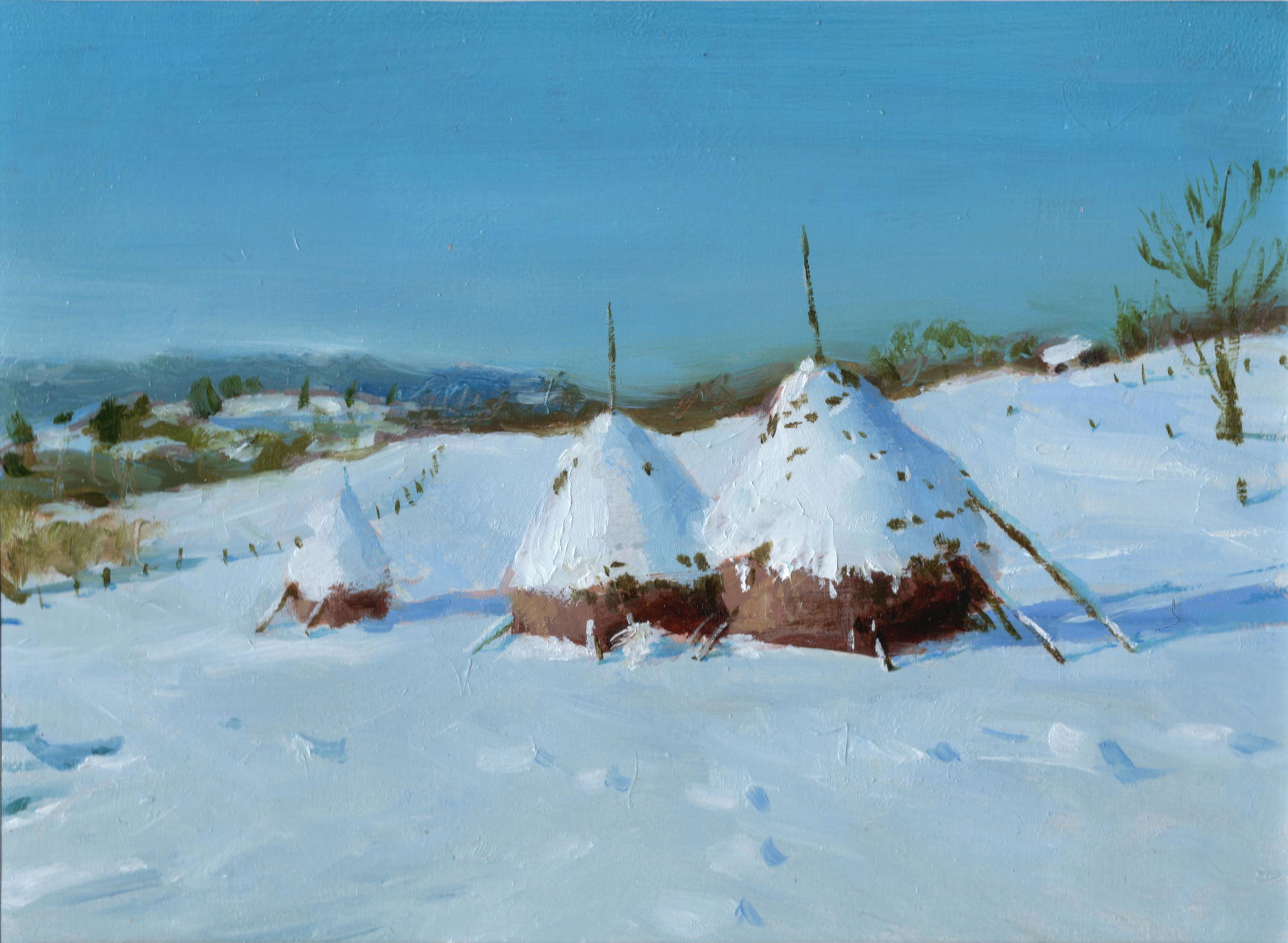
In what ways does Korean culture influence your artwork, and how do you integrate traditional elements into your pieces? Do you think other cultures have influenced your work?
I'm honestly not sure how Korean culture is reflected in my paintings. I've never consciously approached my work with that perspective in mind. There are many elements that come to mind when thinking of Korea, but I feel like I've actually made a deliberate effort to avoid incorporating them. While I don't personally notice it, people from other cultural backgrounds might still find traces of it in my work. I believe that even if one doesn’t explicitly express their cultural identity through language, it can still be felt through their actions and sensibilities. If that much comes through, I think that's enough.
There are quite a few artists in art history that I admire. As someone who primarily works with representational art, I particularly like Claude Monet, John Singer Sargent, and Gustav Klimt. However, back in my twenties, when I aspired to be an artist, I was deeply passionate about the Spanish painter Antoni Tàpies. Looking at his work, I always felt a sense of awe at the physical textures that seemed to have formed over a long period, as well as the cryptic signs and symbols he used. Lately, I’ve been especially interested in contemporary Russian representational painters. The way they frame ordinary subjects and complete them with just a few thick brushstrokes, yet still achieve a poetic and stunningly beautiful result, is truly astonishing. I constantly look to their work for inspiration.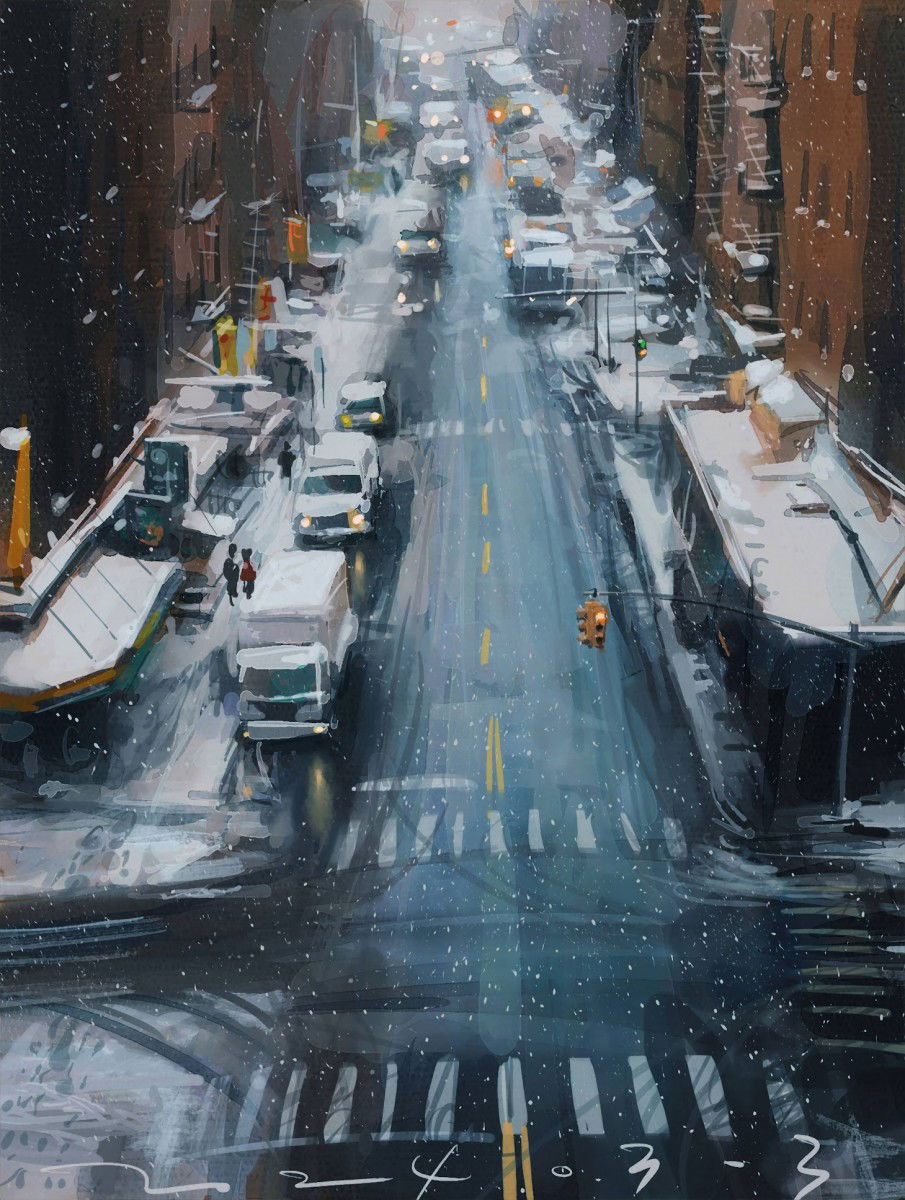
Thank you, Han Sang-Sun for letting us peek into your art world and learn more about your career and painterly passion.Your dedication to art and relentless curiosity are truly inspiring. We’re certain your story and work will continue to encourage aspiring artists to pursue their own passions.
Escape Motions Team
-----
Learn more about Han Sang-sun: www.escapemotions.com/featured-artists/han-sang-sun

